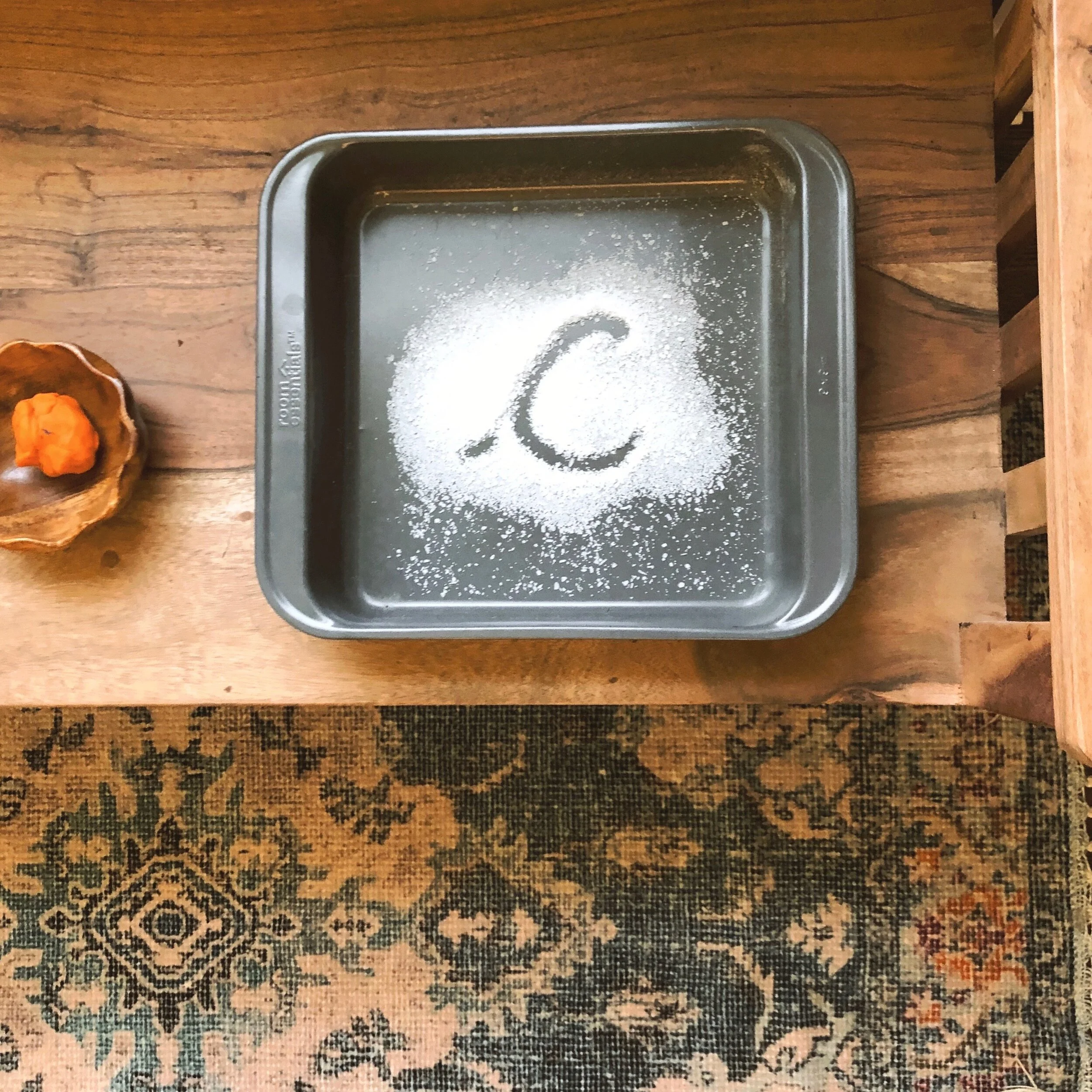Implementing Chores with Children
/If you walk into a Montessori early childhood classroom, you will find children cooking and cleaning. Have you ever tried to get your child to pick up after themselves at home, and it’s turned into a disaster? You’re not alone!
It may seem daunting to include your toddler or preschooler in chores. It’s going to take so much more time, right? Unfortunately, that’s likely. But trust me, the earlier you implement chores into your child’s routine, the easier it is in the long run. Implementing chores at home has so many great benefits!
Chores support your child’s development! That’s right. Folding laundry, loading the dishwasher and sweeping the floor support your child’s cognitive and motor development. They also support critical executive functioning skills needed for children to follow directions, make decisions and complete multi-step processes.
Chores boost independence! Functional independence is the goal of the first 6 years of life (or the first plane of development in Montessori terms).
Chores create a meaningful role for your child. Children want to be contributing members of a family. Including children in chores invites them into that role.
Doesn’t that sound magical? Do you feel like it might take some actual magic to get your child to do chores? Here are some things that might help:
Start small. Don’t expect your child to be folding their laundry and vacuuming the floor over night. Start with simple one-step chores like folding washcloths or loading their cup into the dishwasher.
Grow the chores with your child. As your child grows and masters new skills, chores can become more advanced. Folding washcloths can grow to folding towels. Before you know it, they will be loading their clothes into the washing machine independently!
Don’t make everything a game. That’s right. Chores aren’t always fun and that’s okay. Remember that young children have the internal motivation to take pride in a job well done. Creating a game out of chores can often make it harder to keep chores in place as children get older and novelty of the game wears off.







